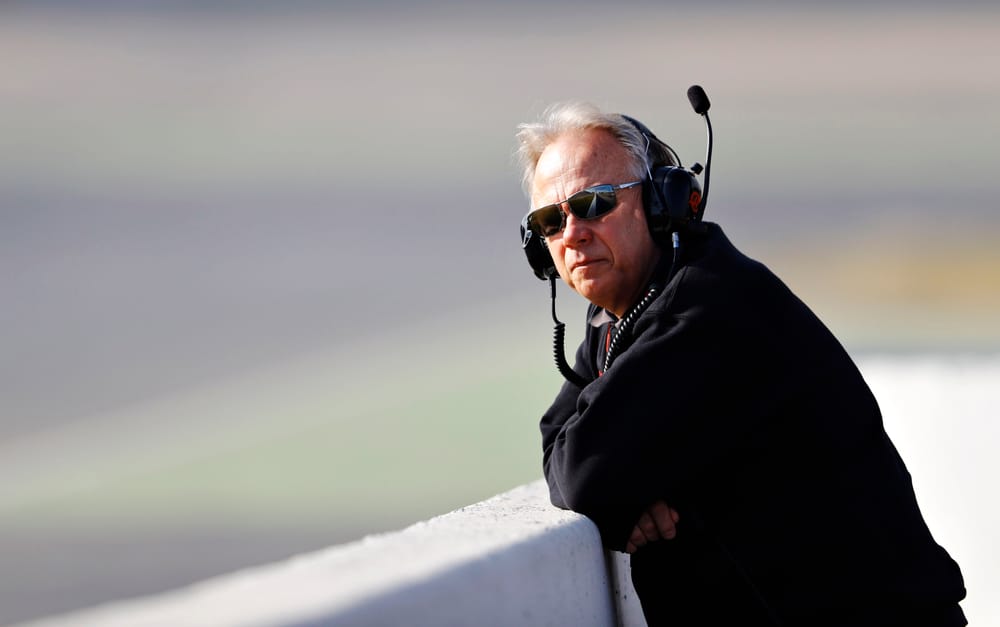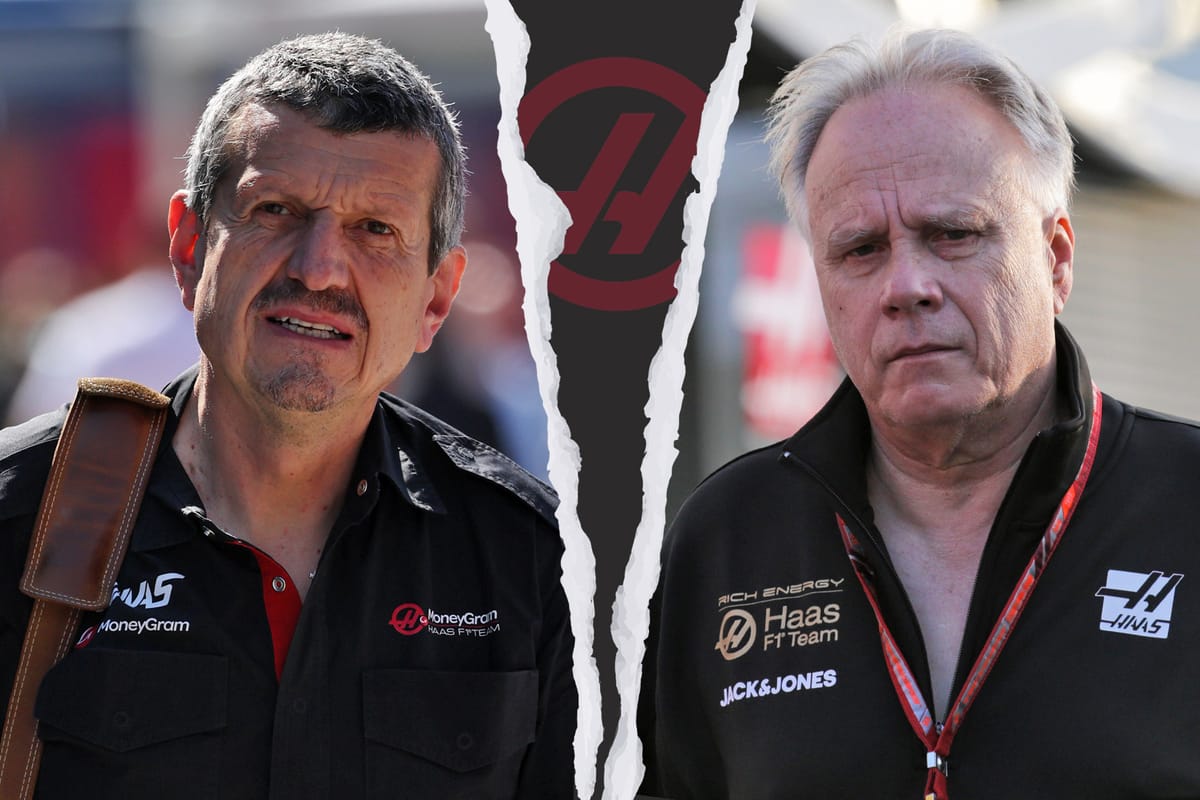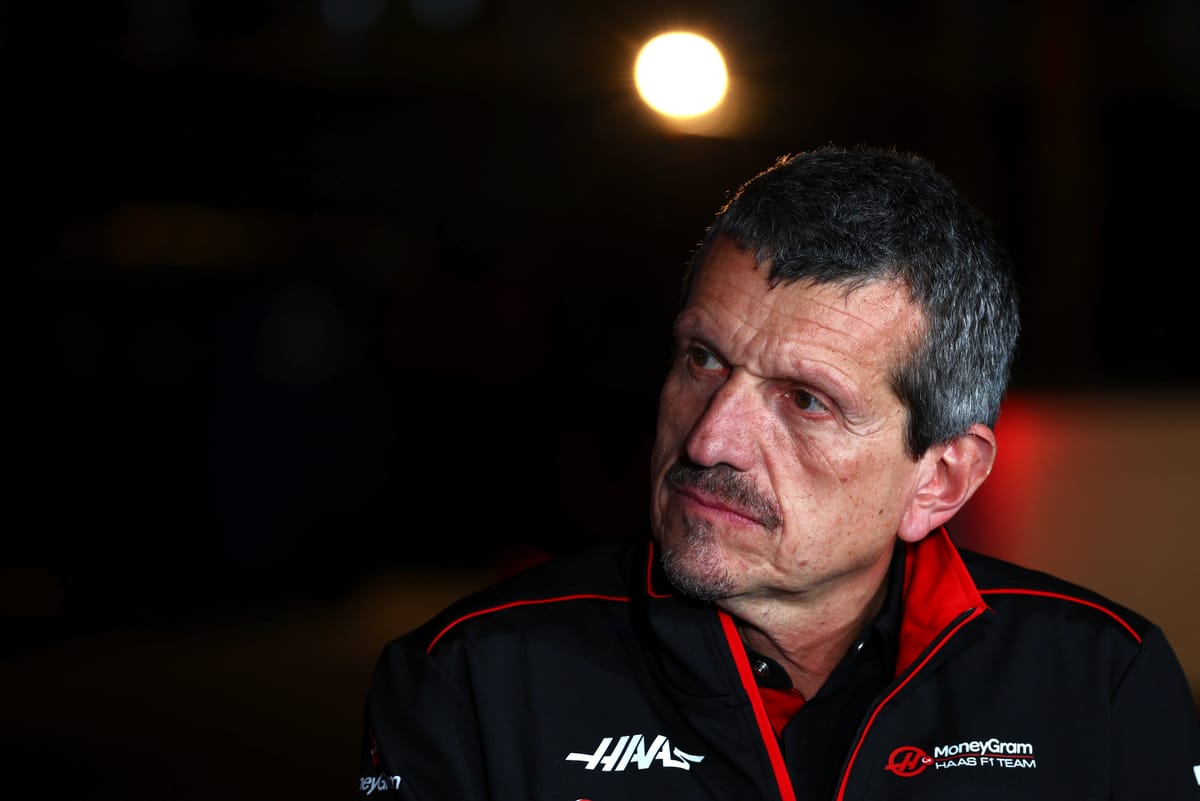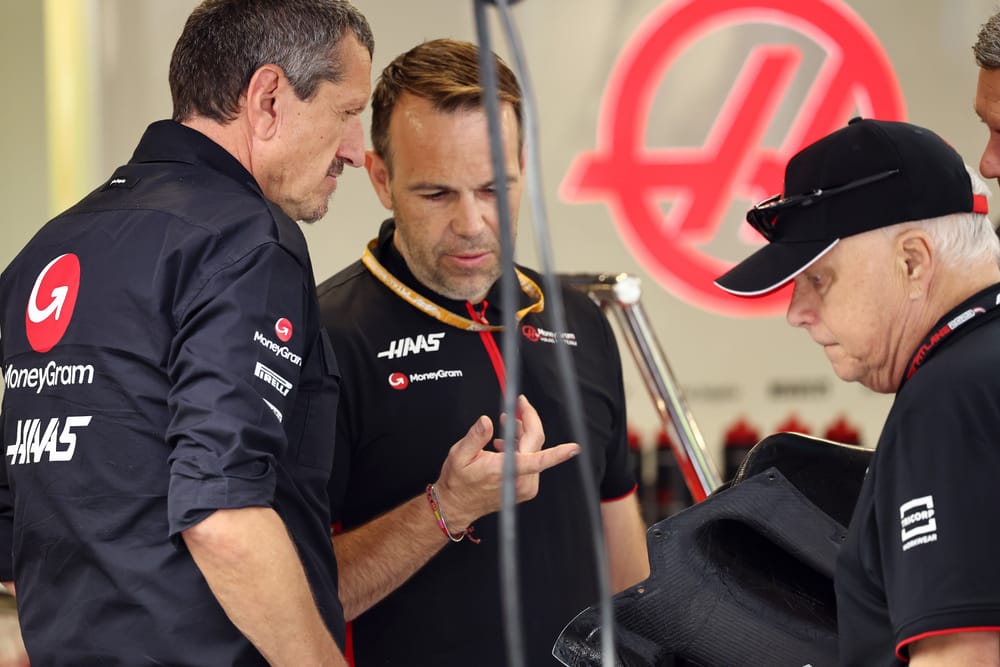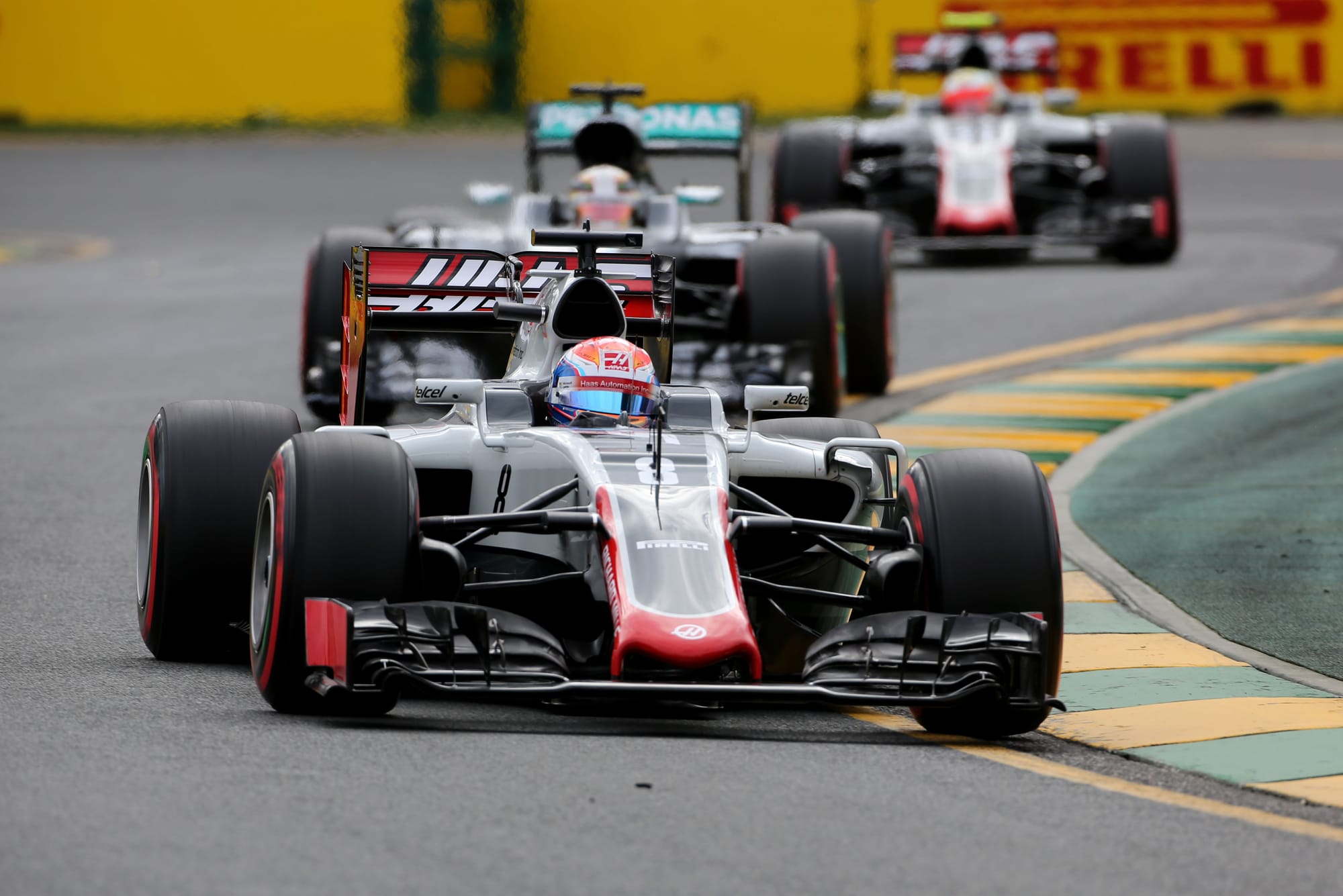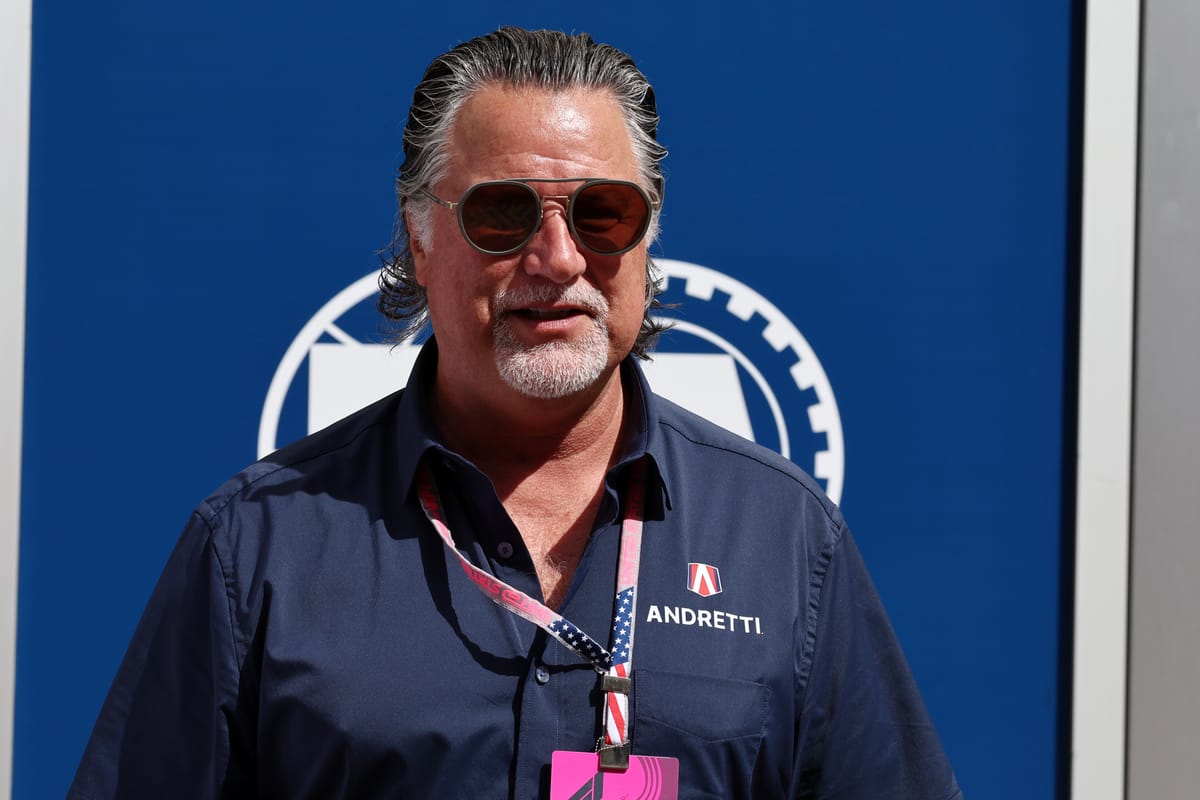Up Next

A very successful Formula 2 team boss once told me there was no point in him trying to graduate to Formula 1 because of the insane investment required to match the infrastructure and sheer knowledge bank of F1’s existing teams.
This was during the last period when F1 was actually keen on expansion.

Japanese collective flight in the aftermath of the 2008 global financial crash meant F1 suddenly had a depleted grid. And to make matters worse, 2010's three brand new teams - HRT, Virgin/Marussia/Manor and the Tony Fernandes Lotus project that ended up being Caterham - turned out to be a disaster.
Two of those teams folded after failing to score a single point. Marussia/Manor managed three points but folded after Felipe Nasr vaulted Sauber into the final money-paying position in the constructors’ championship in 2016.
Those new teams never really stood a chance. They were promised a budget-capped, technically-handicapped F1 that never came to pass, so were forever scrabbling to become something they could never be.
The Haas F1 team was founded amidst this existential crisis. While Gene Haas and Guenther Steiner were having regular meetings with short-lived Ferrari team principal Marco Mattiacci in 2014, F1 was crumbling from the inside.
Caterham fell into administration; Marussia briefly fell off the grid in the wake of Jules Bianchi’s tragic accident, while established independent teams - like Force India - were threatening to boycott races.
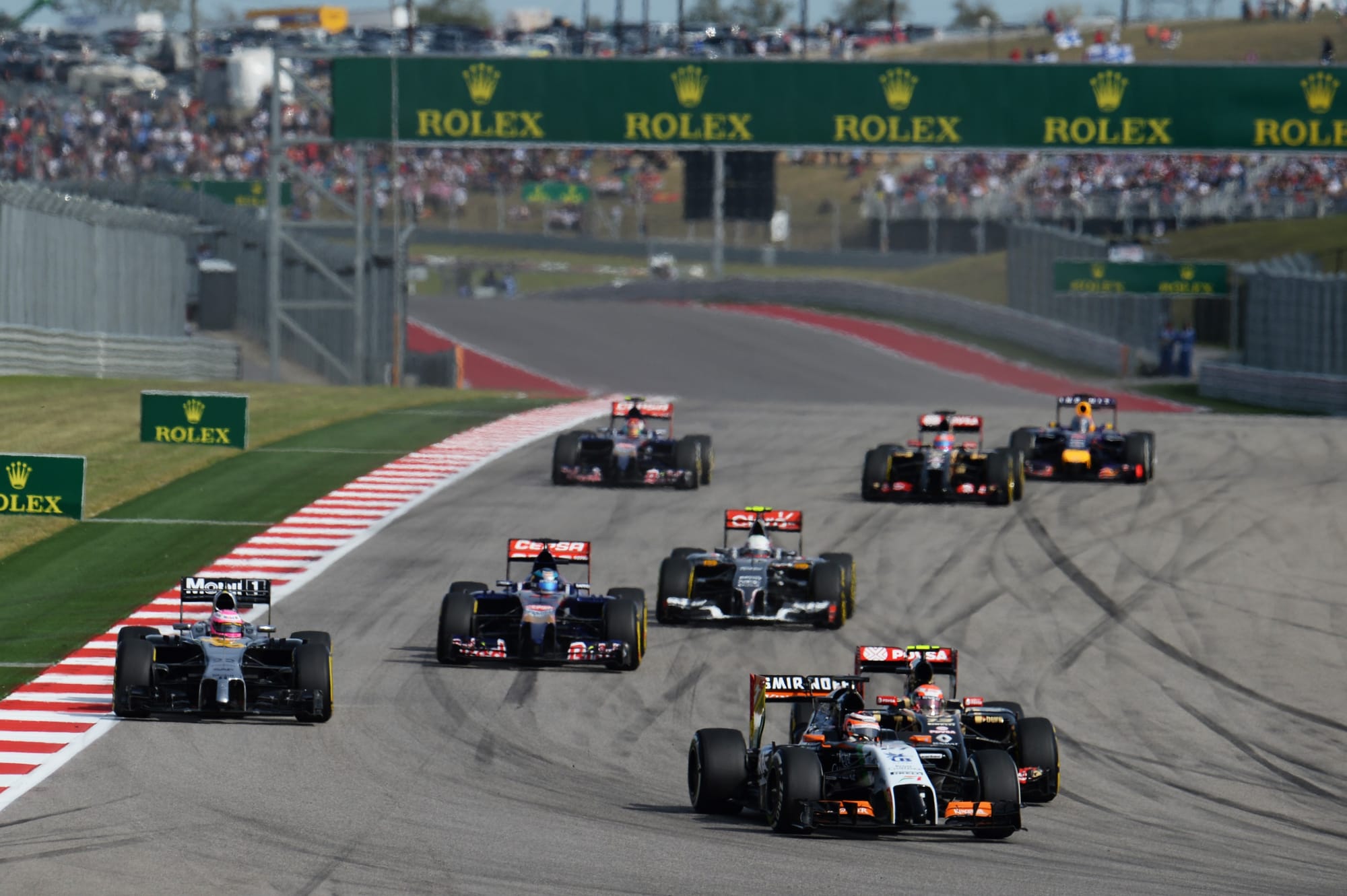
Amid this febrile atmosphere, in a championship where only six of the teams weren’t in any obvious financial peril, launching a new F1 team based on the alternative model of investing and spending the minimum possible to be successful enough to earn prize money, and therefore remain viable, made a lot of sense.
Haas was born of an era that is increasingly fading in F1’s collective rearview mirror.
It finished eighth in an impressive 2016 debut season, but at that time Manor was about to disappear completely, Sauber had just been bought out by Marcus Ericsson’s Swedish backers, and Renault had only just re-assumed control of the pretty much moribund Lotus/Enstone team.
So, with no disrespect intended, there were some fairly easy scalps for a closely aligned, well-run Ferrari customer team to claim.
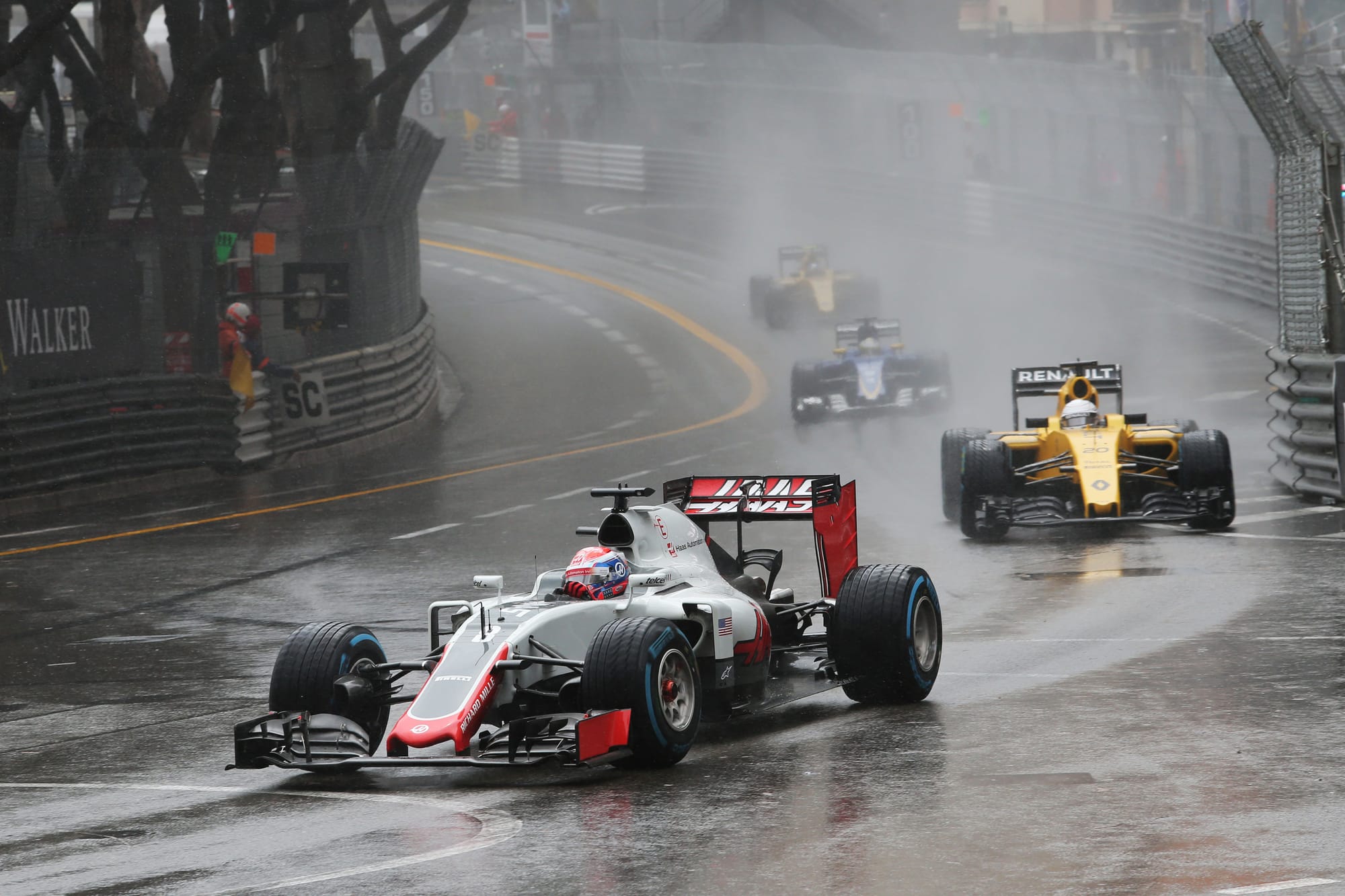
Fast forward to 2018, when Haas achieved its peak of fifth in the constructors’ championship. Well, Force India had finally gone to the wall and had 59 points deleted that year owing to its mid-season takeover by Lawrence Stroll (who renamed the team Racing Point). Haas would have been sixth at best without that anomaly.
At the same time, McLaren was undergoing huge management upheaval, having just gone through a messy and expensive divorce with Honda. This was a wayward giant desperately trying to arrest a dreadful spiral, still relatively early in the gradual process of changing course.
Sauber was only just beginning its revitalisation under Fred Vasseur and the Ferrari/Alfa Romeo technical/sponsorship tie-up he bet the house on. Toro Rosso was brand new into working with Honda on Red Bull’s behalf. Williams had by now begun a terrible slump that would eventually end with the team being sold.
Haas also benefitted from Ferrari’s undoubted technical prowess in this period - particularly on the hybrid engine side. Arguably, Ferrari has never been quite so powerful as before that secret deal made with the FIA ahead of the pandemic-affected 2020 season.
Even before then Haas was starting to hit a rut, but finishing ninth in 2019 was about right for that team, in all honesty.
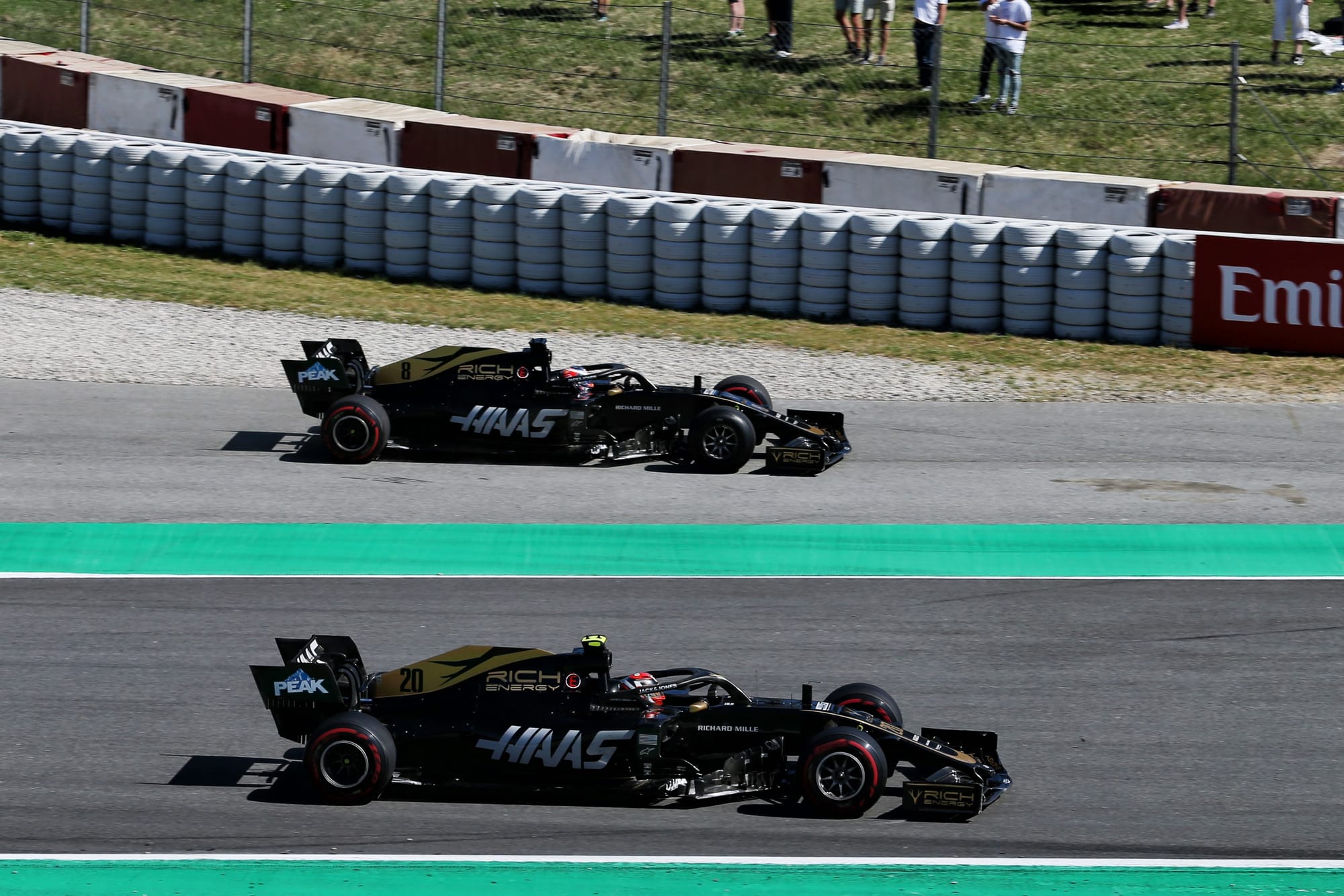
This time McLaren had a proper run at integrating the Renault power unit and was so successful it beat the works team! Honda finally got its act together well enough for Red Bull to win three races; its sister team naturally benefited from that uptick.
Racing Point had stabilised under Stroll’s ownership; Sauber was now humming along again as Alfa Romeo. Williams - which turned up to pre-season testing late and with illegal front suspension - was the only piece of low-hanging fruit, really.
But Haas regressing to the mean (or near enough) has gone on for five seasons now, which is why Gene Haas has decided to shake things up by jettisoning founding team principal Guenther Steiner and promoting engineering figurehead Ayao Komatsu in his place.
Gene’s justification for this is “performance”, or rather the lack of it. He laments the fact Haas hasn’t finished on the podium in 166 grands prix and counting, that his team has consistently fallen well short of those 2018 heights, that it finished dead last in the 2023 championship, and says: “I have no interest in being 10th anymore”.
But the reality for Haas is that 2023 was very much the culmination of a journey to it becoming F1’s worst team. Tenth is exactly where it should be finishing based on its size and the resources at its disposal.
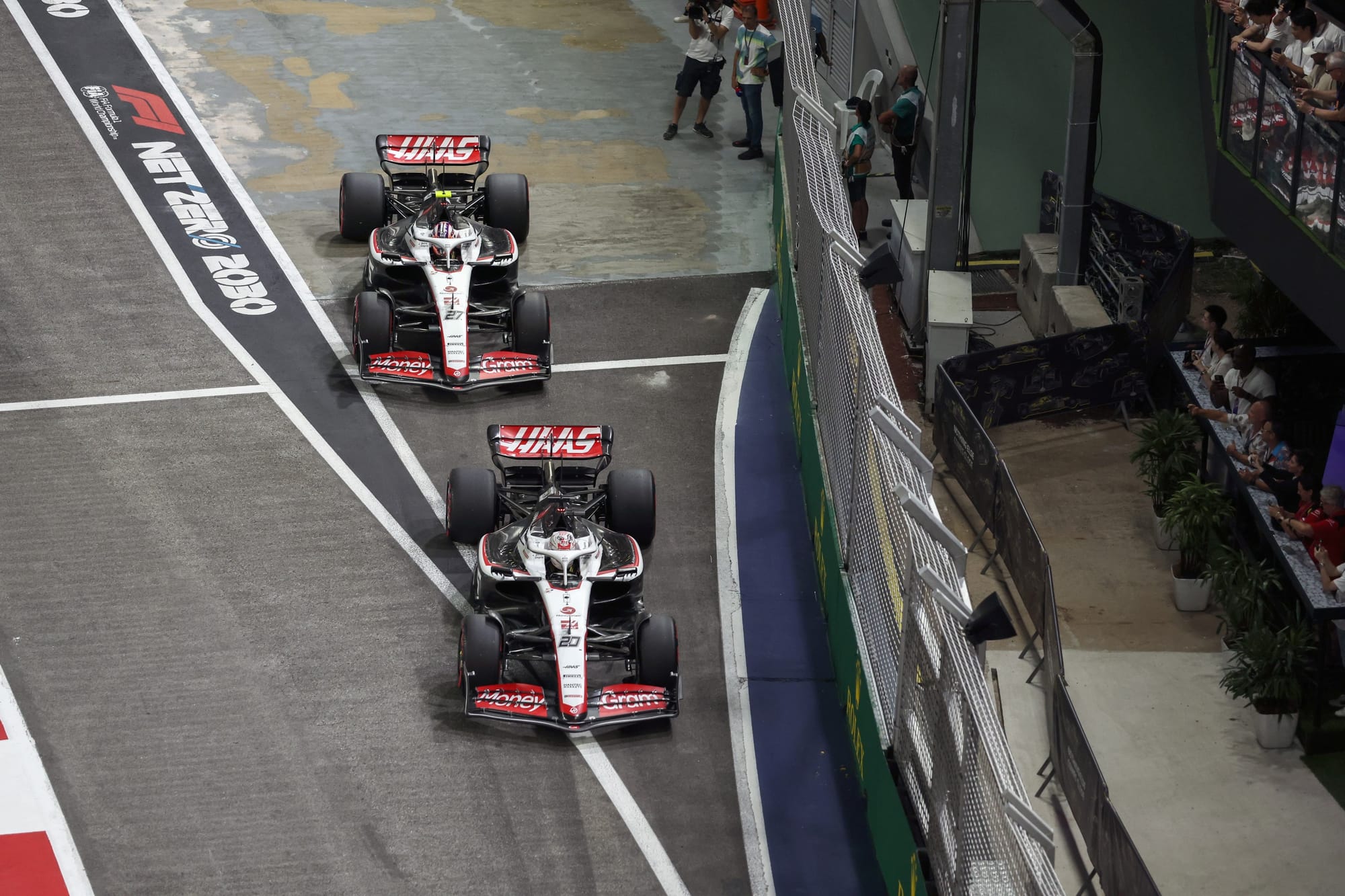
Red Bull, Mercedes and Ferrari were always logically out of reach. Even though it continues to underperform relative to expectations, the works Renault/Alpine team has remained solidly capable of top-six mediocrity.
McLaren has gradually become a proper force again, making up for years of dreadful underachievement with Honda. Force India has become the works Aston Martin team, buttressed by Stroll’s almost-blank chequebook.
Williams is well on the road to recovery again, backed by steady investment from the venture capitalists who managed to convince the Williams family to finally sell up.
Red Bull’s second team is in the process of being brought in-house, and already counts on access to some of the best unlisted parts in ground-effect F1.
Sauber (now Stake F1 team) is in transition again, but already looking ahead to a potentially brighter future funded by German car giant Audi.
And Haas? Haas remains an underfunded minnow, relying on Ferrari to supply most of the things it needs to go racing - including windtunnel access.
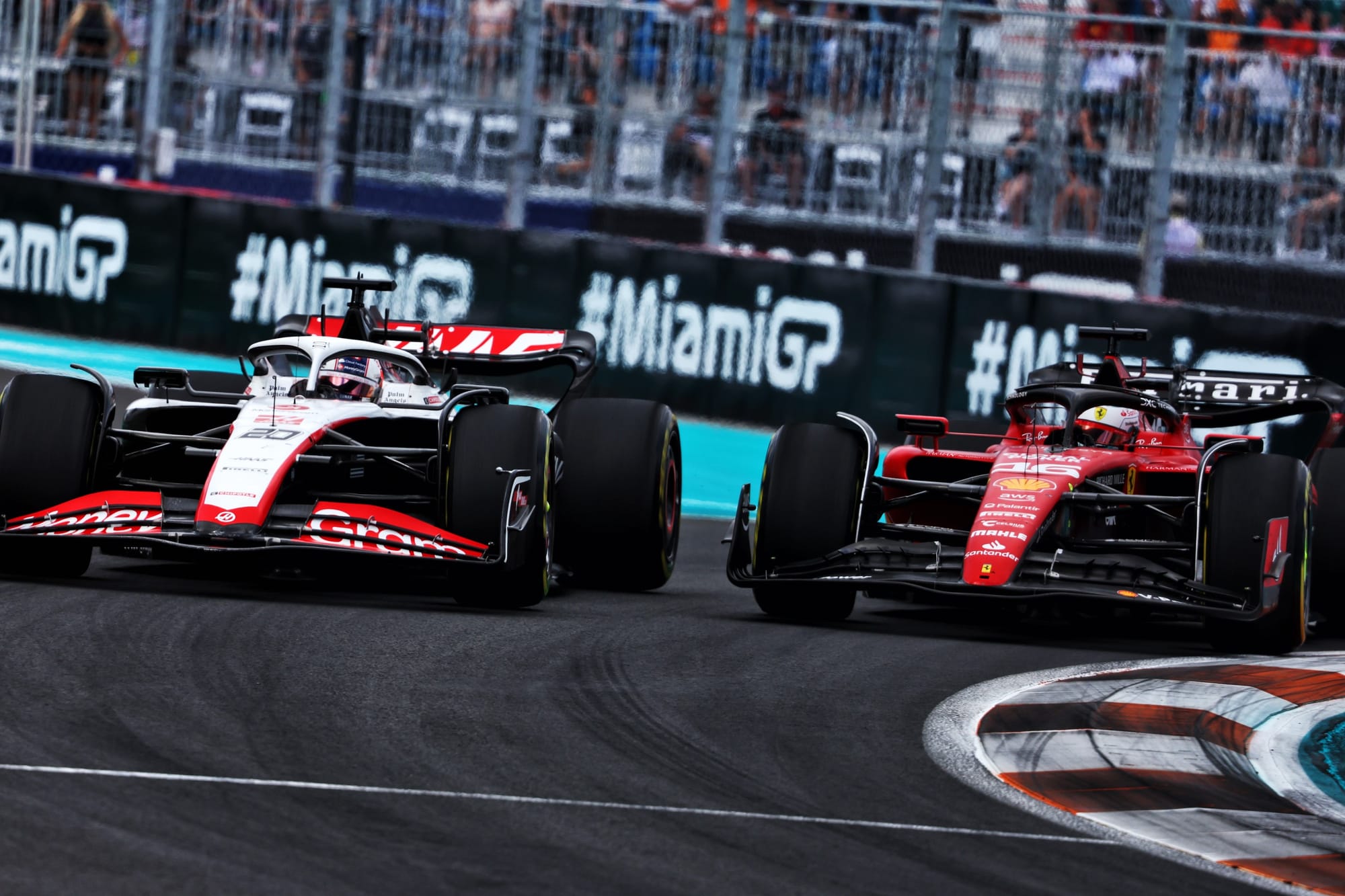
F1’s new franchise model, existing under a spending cap, is encouraging major investment into F1 teams - making more of them increasingly fit for purpose. Can Haas honestly say it fits into that category? I’d say it increasingly looks like a fish out of water.
In fact, treading water is all it really does now - and I’d argue the sort of results Gene Haas became used to in the early years were, in retrospect, a massive overachievement, helped by the fact many rivals were also massively underperforming relative to their potential.
F1’s increasing commercial appeal, underscored (ironically) by the Netflix boom that made former team boss Steiner a household name, means pretty much all of those teams are now getting their acts together - and Haas is getting left behind.
If Gene Haas and Guenther Steiner were again having the conversations they had way back in 2014, this model is unlikely to be the one they’d settle on.
Chances are, they wouldn’t be bothering (or be permitted) to enter the game at all - because it would feel impossible to compete in modern F1 running as a stripped-back outfit with a fancy American HQ and access to a drawing office in Maranello.
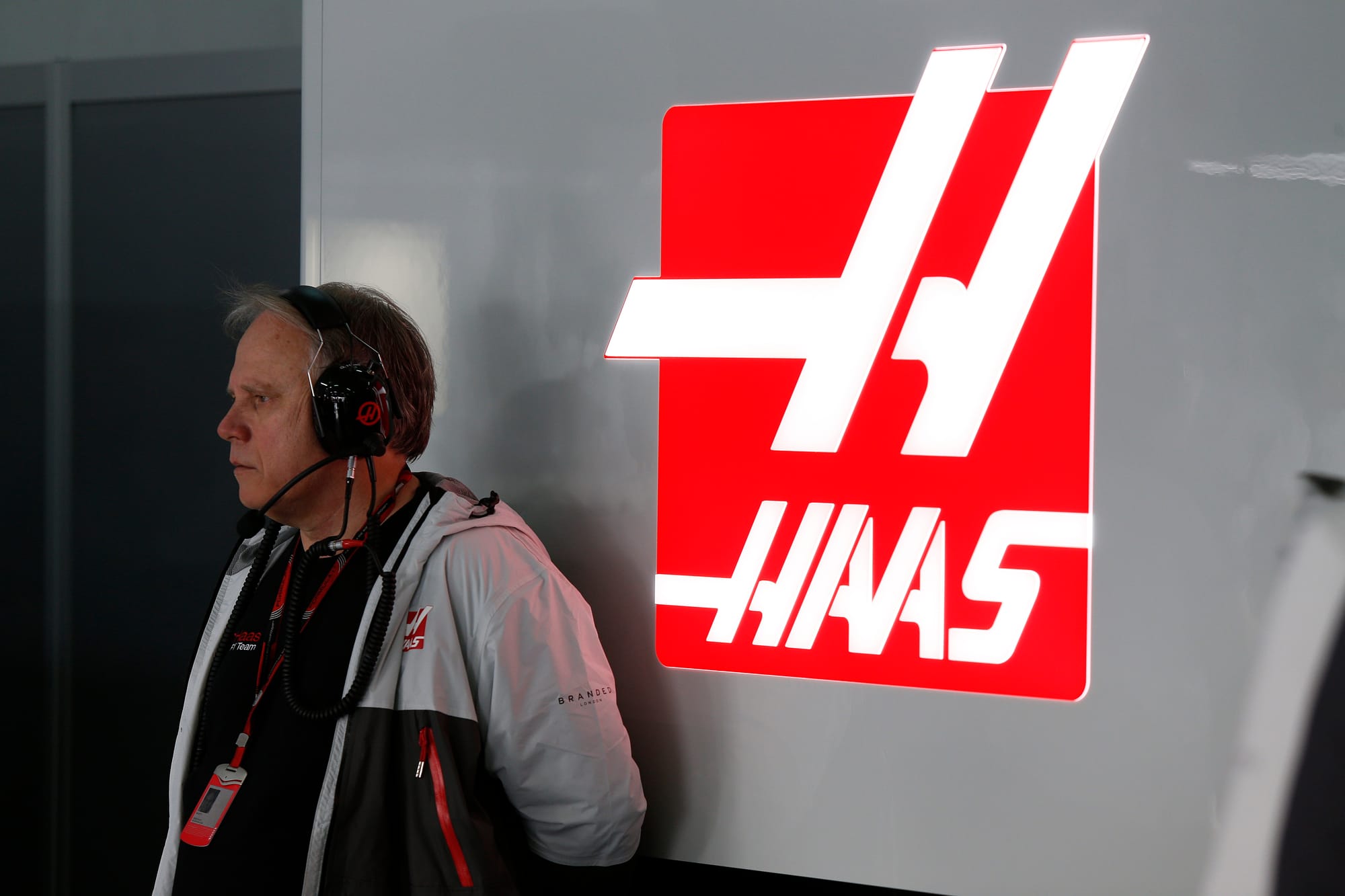
I won’t necessarily begrudge Gene Haas his right to try to give everything a shake and see where the pieces fall, but instead of enacting meaningful change, he appears to have gone down the route of shuffling deckchairs on the Titanic.
His team is trapped in a world that is moving quickly and potentially leaving Haas behind amid the pace of that change.
Gene rails that his team is hindered under F1’s cost cap because of how much outsourcing it does. Well, the answer there is to invest in your team’s infrastructure to allow it to become more independent and cost-effective in the longer term.
But he is also resistant to offers of external investment. He doesn’t want to spend any more of his own money, and doesn’t want to spend other people’s money either because they expect (not unreasonably) a return on their investment.
Estimates suggest Haas is currently somewhere between $50-100million short of reaching F1’s limit on capital expenditure (covering spending on facilities and infrastructure between 2021-29), while Gene Haas claims his team is also $10million below its yearly operational expenditure limit. Then there are other things, like the outdated Haas motorhome, which aren’t covered by F1’s enforced spending limits.
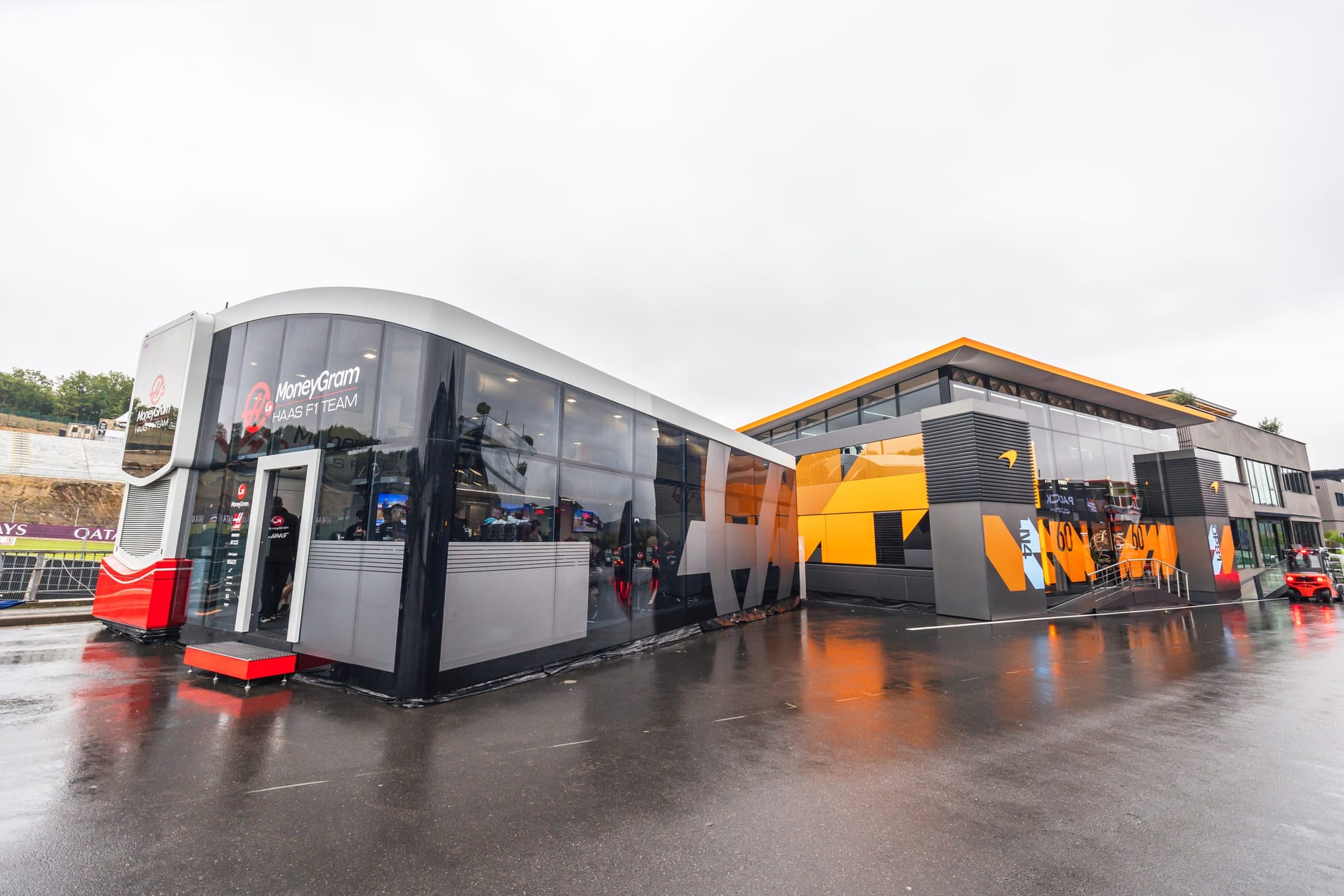
No wonder Steiner became exasperated as the untenability of this situation became increasingly apparent.
Haas says he’s committed to competing in F1 because he wants his team to do well, but he clearly isn’t prepared to put his (or others’) money where his mouth is.
Meanwhile, Red Bull is investing in a brand new engine facility, Mercedes is upgrading its UK campus to cutting-edge standards, McLaren is recapitalising as a company and investing in new simulation tools and its own wind tunnel, Ferrari’s new driver-in-loop simulator is already up and running.
Alpine has taken Hollywood money to invest in its facilities - simulation tools in particular, Williams is making use of F1’s extra capital spending allowance to renew its ageing infrastructure, Stake/Sauber can count on Audi gradually taking over completely by 2026, AlphaTauri will sit ever-closer to Red Bull’s powerful slipstream.
And Stroll is spending whatever it takes to mould his Aston Martin team into a championship winner.
That’s what true commitment to competing in F1 looks like. Gene Haas increasingly looks like he’s out on a limb.

